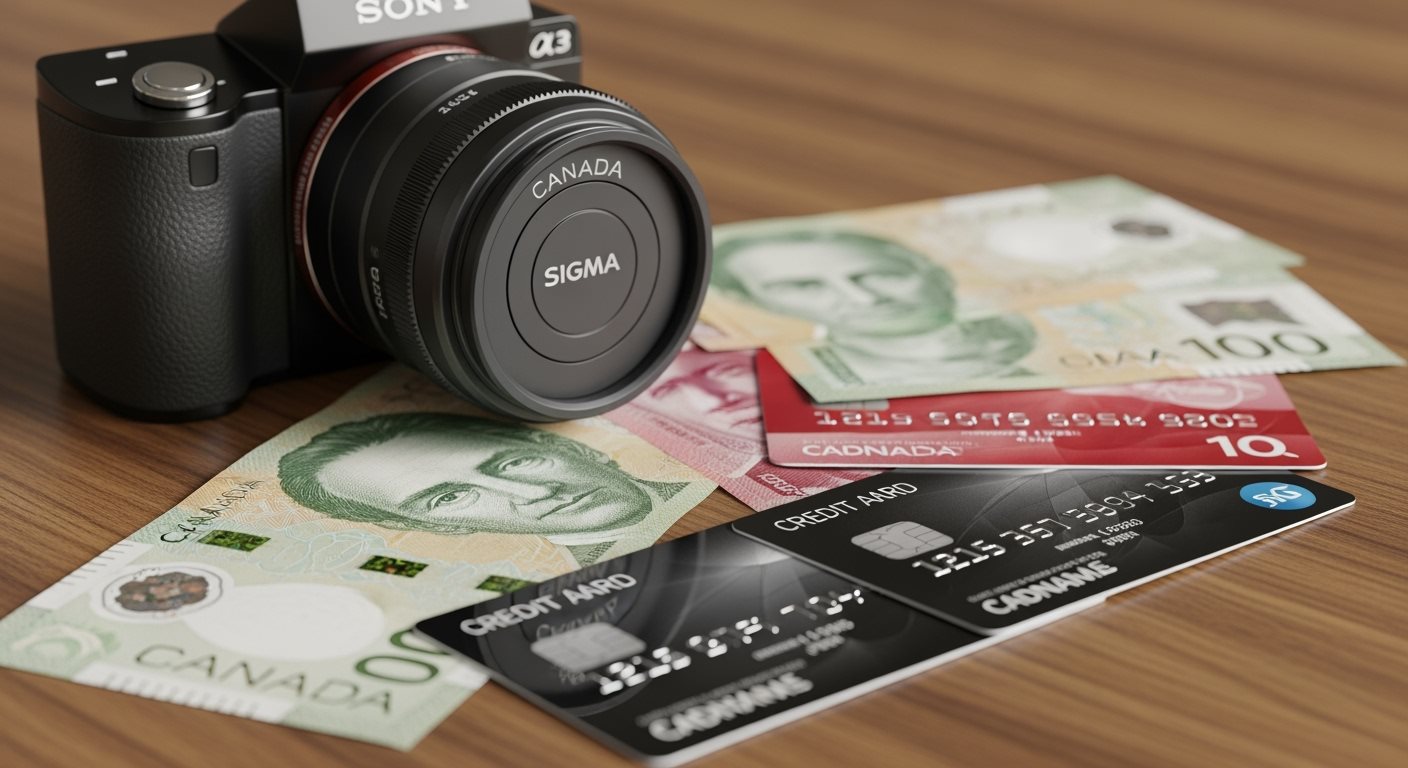Understanding **Canada's currency system and payment methods** is essential for a smooth and cost-effective travel experience. The **Canadian dollar (CAD)**, often symbolized as C$ or simply $, is the official currency, and while Canada is increasingly becoming a **cashless society**, knowing when and where to use different payment methods can save you money and prevent inconvenient situations.
From **major cities where contactless payments dominate** to remote areas where cash is still king, navigating Canada's financial landscape requires preparation and knowledge of the best practices for **currency exchange, banking, and payment processing**.

Canadian Currency: Bills, Coins, and Digital Payments
The Canadian dollar is divided into **100 cents**, with banknotes available in denominations of $5, $10, $20, $50, and $100. **Canadian bills are made of polymer**, making them durable, waterproof, and difficult to counterfeit, featuring advanced security features including transparent windows and holographic elements.
Coins include the penny (discontinued but still accepted), nickel (5¢), dime (10¢), quarter (25¢), **loonie ($1), and toonie ($2)**. The distinctive loonie and toonie coins are uniquely Canadian and practical for small purchases, parking meters, and public transportation.
**Digital payments** have become increasingly prevalent across Canada, with **contactless payment methods** widely accepted in urban areas. Most businesses accept **major credit cards** (Visa, Mastercard, American Express), and many prefer contactless transactions, especially post-pandemic.
**Mobile payment systems** like Apple Pay, Google Pay, and Samsung Pay are commonly accepted. However, **cash remains important** for tips, small vendors, farmers' markets, and in rural or remote areas where electronic payment infrastructure may be limited. Always carry some cash, particularly in smaller denominations, for these situations.
Smart Currency Exchange and Banking Strategies
Getting the **best exchange rates** requires strategic planning and understanding of different exchange options available in Canada. **Banks typically offer competitive rates** but may charge service fees, especially for non-customers. **Currency exchange services at airports** are convenient but usually offer less favorable rates due to their premium locations.
Downtown currency exchange offices often provide **better rates than airports** but shop around, as rates can vary significantly between providers. **ATMs generally offer good exchange rates**, but be aware of both your home bank's international fees and potential charges from Canadian banks.
Before traveling, **notify your bank** of your Canadian travel plans to prevent your cards from being blocked for suspicious activity. Consider opening a **travel-friendly bank account or credit card** that doesn't charge foreign transaction fees, as these can add up quickly over a longer trip.
Many Canadian banks have **partnerships with international banks**, potentially reducing ATM fees. **RBC, TD Bank, BMO, Scotiabank, and CIBC** are the major Canadian banks with extensive ATM networks. Credit unions and smaller banks may have limited ATM access but often provide excellent customer service for more complex banking needs.
Practical Money Management and Cost-Saving Tips
**Tipping culture in Canada** is similar to the United States, with **15-20% being standard** for restaurant service, taxi rides, and personal services. Many **payment terminals now prompt for tip amounts**, making it easy to add gratuities to card payments.
However, **cash tips are still appreciated**, especially for housekeeping, tour guides, and in situations where service staff may not receive the full electronic tip amount. Keep small bills handy for these situations, and remember that **tipping is expected but not mandatory** – base your tip on service quality.
To manage costs effectively, take advantage of **Canada's tax system understanding**. Most provinces charge both **federal GST (5%) and provincial sales tax** (varying by province), which can add 10-15% to purchases. However, visitors can sometimes **claim tax refunds** on certain purchases, particularly accommodations and goods being taken out of the country.
Keep receipts for significant purchases and research **tax refund eligibility** before your trip. Additionally, consider purchasing a **prepaid travel card** loaded with Canadian dollars for budget control, especially useful for families or group travel where spending limits are important.
